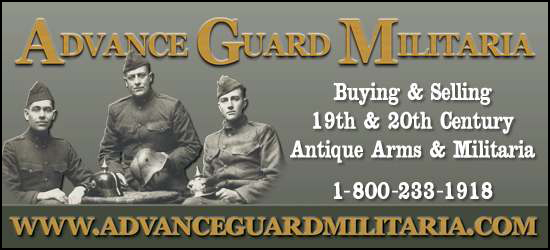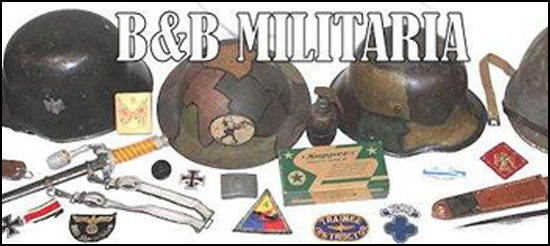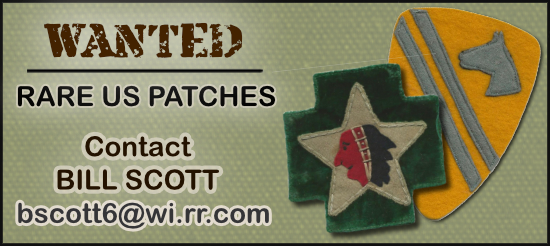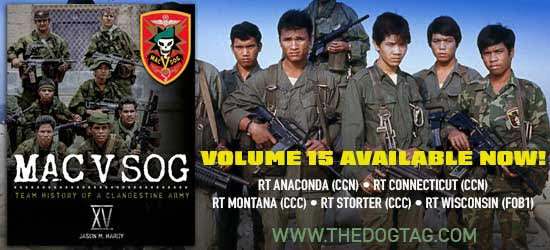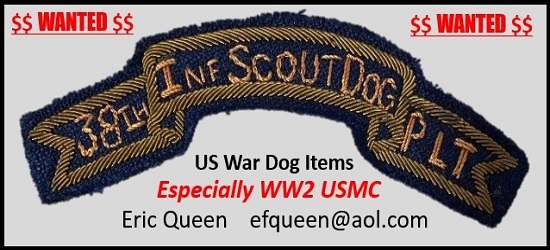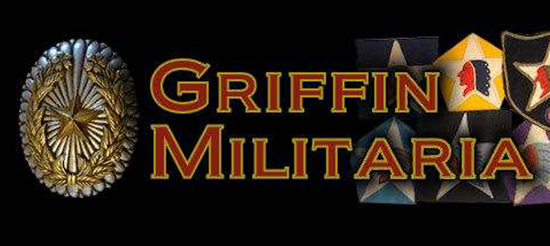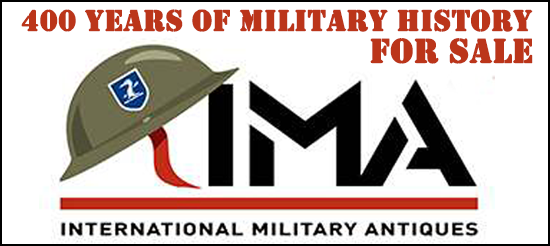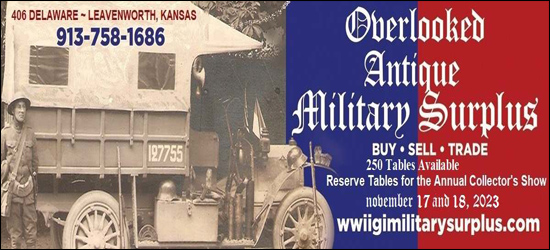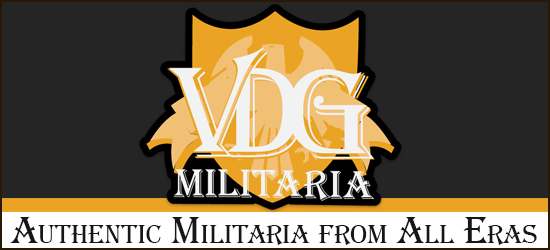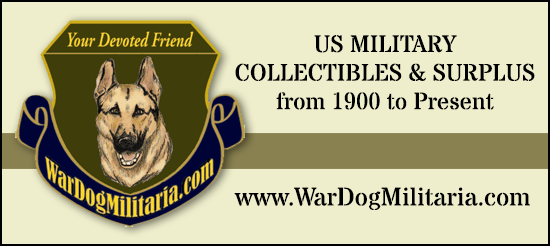-
Donate
Type donation amount in box below.
IMPORTANT! If you donate via PayPal using an e-mail address different than the one you are currently using on USMF and would like a 2024 Donor Icon added to your account, you MUST CONTACT vintageproductions or stratasfan and let them know what email address was used for the donation.
Thank you for supporting USMF.
Donate Sidebar by DevFuse -
Recent Posts
-

-
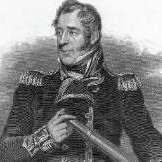
By LE LOUP DES MERS · Posted
To keep the original post from becoming to long I'll add more in a second reply. This stock came directly from an HR m16a1 demill. The stock has a faint raised 1 marking on the right side. It's not a scratch, as you can hopefully see in the angled picture it's definitely raised. From the research I have done, i do believe this to be a HR stock. I also have the HR demilled lower this stock was originally on. Now back to the question, I need help identifying the rack number. You can clearly see a 2 and 3 but I can't make out the letter or number in front of the 2. It also looks like there might have been a C above the 23 but I can't confirm that. There is for sure some type of letter or number in front of 23. My plan is to repaint the original rack number. I suppose I could leave the rack number as is, but I think it would look nice repainted. Let me know if I need to take better photos of the rack number. -

-

By LE LOUP DES MERS · Posted
Well I decided to restore this M16A1 type D buttstock. Turned out pretty good if you ask me, when I first got the stock it was cracked on the inside that crack also ran to the outside. I also replaced the swing swivel/stud, the original swivel stud was in pretty bad shape and the bottom of the swivel stud was actually rusted to the stock. Now I personally didn't restore it, I took it to a professional gun smith to restore. He either glued the cracks or he used epoxy or he did both I can't remember entirely. After fixing the crack he then sanded the glue or epoxy to smooth it out. If you look towards the front you can tell we're he sanded it. I try to show were the crack originally was hopefully it's visible. To replace the sling swivel/stud I bought an original colt one off of Apex gun parts. I had him cerakote the swivel/stud black to match the original look. My plan in the future is to re-rubber coat the swivel like how they were originally. When you buy them off apex the original paint is worn off and they don't have the rubber coating anymore (at least the one I received). To completely restore this stock it costed about $100. Now I personally wouldn't have spend that kind of money if the stock was a colt. I do NOT recommend you spend that money either on a colt. Colts are dime a dozen if you get a bad stock just buy a new one. Now it's a different story for HR and GM, they are a little harder to find. GM stocks are more common than HR but they don't come up that often. -

-

-

-

-

By SammyT · Posted
Hello, looking to confirm I have identified these patches correctly, top type 6, left to right, 1, 3, 7. Thanks. Sammy T -
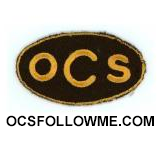
By ocsfollowme · Posted
Air Service Command Craig Field large overalls patch. Never seen another. Selma, Alabama. Originally built by U.S. Army Corps of Engineers for the U.S. Army Air Corps in 1940 to accommodate the growing number of flight trainees before World War II, Craig Field was one of the first training fields to offer single-engine training. Its first graduating class of 1941, the 39 cadets of Class 41D, completed the training course seven months before the United States' entry into World War II.[1] The naming of the base was important to the nearby city of Selma, and several names were considered. The name finally chosen was to honor 1st Lt Bruce Kilpatrick Craig, who was killed when his B-24 Liberator bomber crashed in June 1941. Craig was born in Selma and was initially commissioned as an officer in the Infantry Reserve prior to transferring to the U.S. Army Air Forces and attending flight training. [1] Army Air Forces pilot training through the first eleven months of 1941 was still considered as being peacetime and included a seventy-hour flying course. With the attack on Pearl Harbor on 7 December 1941, training was accelerated to speed the flow of pilots into combat. In total Craig Field graduated more than 9,000 pilots before the end of the war. Craig Field also saw a number of British Royal Air Force trainees. By 1943, 1,392 RAF cadets had earned their wings at Craig Field. Following the war, the mission of Craig Field changed from time to time, but it remained primarily a flight training base.[1] When the U.S. Air Force was established as a separate service in 1947, Craig Field was renamed Craig Air Force Base.
-
-
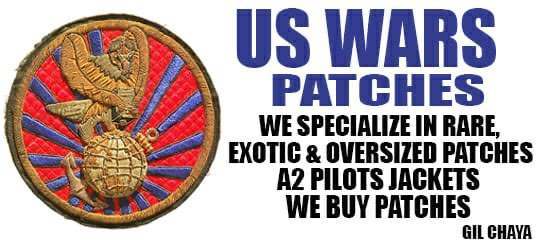
-

-
* While this forum is partially supported by our advertisers, we make no claim nor endorsement of authenticity of the products which these advertisers sell. If you have an issue with any advertiser, please take it up with them and not with the owner or staff of this forum.




